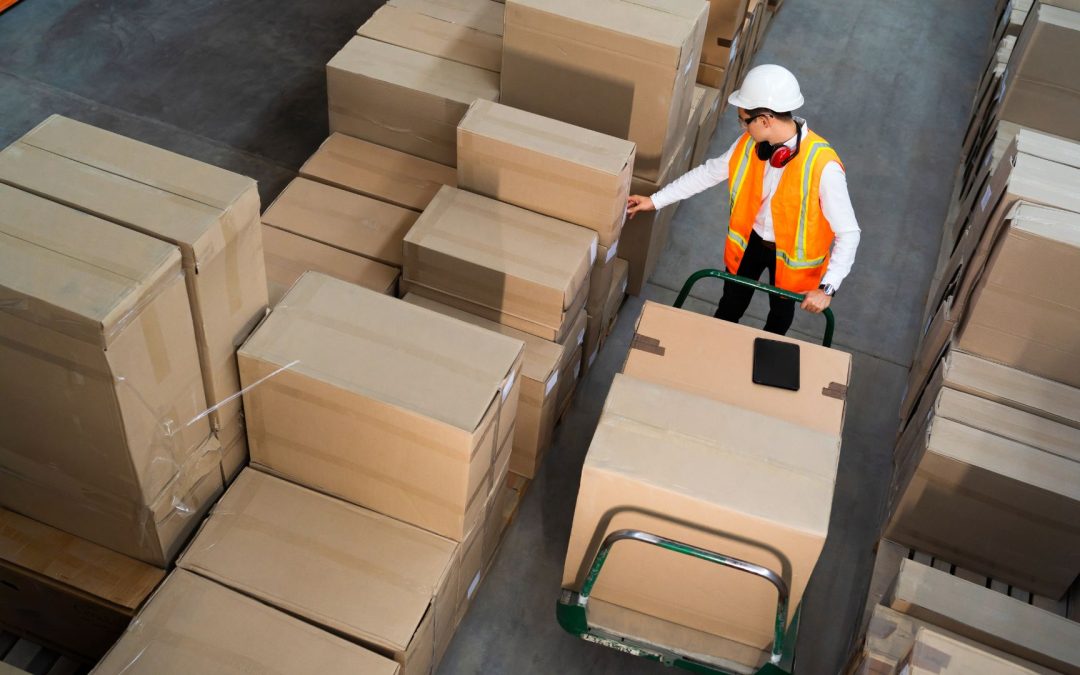The logistics industry in 2025 is facing a critical challenge: not enough hands on deck. As global trade continues to rebound and e-commerce drives 24/7 demand, warehouses and transportation fleets are operating with a shrinking workforce. Persistent labor shortages in warehousing and long-haul trucking have created bottlenecks, increased lead times, and inflated operational costs. Yet, amidst the strain, companies leveraging automation and digital freight forwarding tools are finding ways to maintain efficiency—and even gain a competitive edge.
The Ongoing Labor Crunch
Labor shortages are not new to logistics, but the scale and persistence in 2025 have reached a turning point. Several factors contribute to this squeeze:
-
Aging Workforce: A large segment of truck drivers are nearing retirement, with not enough young recruits filling the gap.
-
High Turnover: Warehouse jobs, often physically demanding with limited career progression, see some of the highest attrition rates in the labor market.
-
Regulatory Pressure: Stricter safety and rest regulations for drivers have reduced available hours on the road.
-
E-Commerce Strain: The surge in online retail continues to increase demand for last-mile delivery, placing additional burden on an already stretched workforce.
The result? Delayed deliveries, rising wages, increased error rates, and frustrated customers.
Where Automation Comes In
While finding and retaining labor remains a challenge, automation and digital solutions are becoming the most reliable co-pilots in logistics operations. Instead of replacing people altogether, smart automation reallocates human resources away from repetitive manual tasks and toward higher-value decision-making roles.
Here’s where automation is making the biggest difference:
1. Warehouse Management Systems (WMS)
Modern WMS platforms reduce the need for manual inventory checks, order picking, and shipping label creation. With barcode scanners, real-time inventory tracking, and AI-assisted storage planning, fewer staff are required to handle more throughput with better accuracy.
2. Automated Data Entry & Documentation
In freight forwarding, documentation is both essential and labor-intensive. Platforms like CargoWise automate the creation of Bills of Lading, customs declarations, invoices, and tracking updates. This reduces the need for back-office clerks and minimizes human error—one of the most costly problems in international shipping.
3. Digital Freight Forwarding
Digitization streamlines the movement of goods across borders. Instead of relying on phone calls, emails, and spreadsheets to coordinate shipments, digital freight forwarding platforms centralize all operations into a single interface. Shipment bookings, carrier communications, compliance checks, and milestone tracking are handled digitally, reducing the workload for operational staff.
4. AI and Machine Learning
Predictive analytics tools powered by AI forecast inventory needs, shipping delays, and demand spikes. This enables better planning and allocation of limited labor resources, avoiding reactionary scheduling or overtime hours that strain both budgets and morale.
5. Robotics and Autonomous Equipment
In warehouses, robotics are increasingly used for sorting, packing, and transport within the facility. Meanwhile, autonomous forklifts and even early-stage driverless trucks are beginning to supplement human efforts where safety and precision are paramount.
The Role of Transpotrade & CargoWise
At Transpotrade, we understand that overcoming labor shortages isn’t just about hiring—it’s about working smarter. That’s why we partner with CargoWise, a leading logistics platform that automates freight operations end-to-end. From shipment visibility and document generation to customs integration and client communication, our digital infrastructure reduces your dependency on manual tasks and enables your existing team to focus on what really matters: keeping freight moving efficiently and on time.
By embracing logistics automation in 2025, companies are:
-
Cutting operational costs
-
Improving shipment accuracy
-
Reducing dependency on volatile labor markets
-
Meeting faster delivery expectations
-
Enhancing customer satisfaction
The labor shortage in logistics is not going away anytime soon. But for forward-thinking businesses, it’s not just a crisis—it’s an opportunity to evolve. Those who invest in automation now will not only navigate current labor disruptions more smoothly but will also lay the foundation for a more resilient and scalable operation.
Want to learn how your business can automate freight forwarding and overcome workforce constraints? Connect with Transpotrade and discover how digital logistics can future-proof your supply chain.

